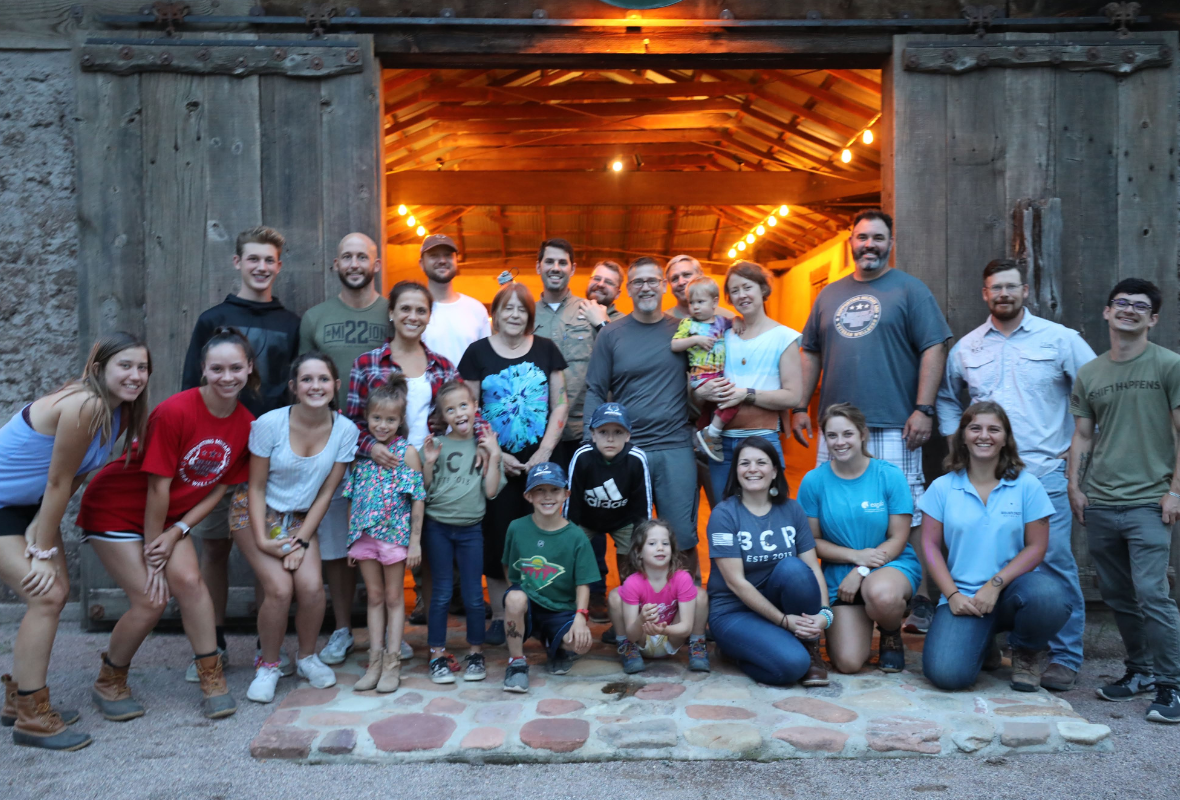The chapter covers how military service members and veterans can be encouraged to engage in the psychological and social processes that can lead to PTG, and how to encourage these individuals to act as expert companions to others who could also travel a pathway to PTG with the proper kind of support.
The outcomes associated with PTG remain life-altering…and may generalize to others with whom the veteran has close relationships, and to society that the veteran is in a better position to serve as he or she processes his or her trauma into growth.
The fields of psychology and psychiatry have historically adopted a pathology-based framework when working with military service members and veterans, focusing chiefly on the assessment and treatment of psychiatric symptoms arising in the wake of trauma.
This chapter reviews the research literature related to the understanding of the posttraumatic growth (PTG) process, evidence-based assessment and treatment strategies, implications for clinicians, and areas that need to be explored and developed to deepen our understanding of PTG within military personnel. Research in military psychology historically focused on PTSD pathology—however, researchers occasionally detected evidence of PTG in combat veterans.
While the PTG concept has been under continual development for more than 20 years, it has been applied to military service members and veterans increasingly in the past decade. The challenges to this application of PTG include identifying what constitutes trauma in a military population, how military service members and veterans can be encouraged to engage in the psychological and social processes that can lead to PTG, and how to encourage these individuals to act as expert companions to others who could also travel a pathway to PTG with the proper kind of support.
Read the Chapter “Identifying and Facilitating Posttraumatic Growth in Military Personnel” https://www.guilford.com/books/Treating-PTSD-in-Military-Personnel/Moore-Penk/9781462538447/contents
Give strength & hope to those who serve
Your support powers life-changing programs offered at no charge to veterans, military, first responders, and their families. With your help, our Warriors won't just survive — they'll thrive.
